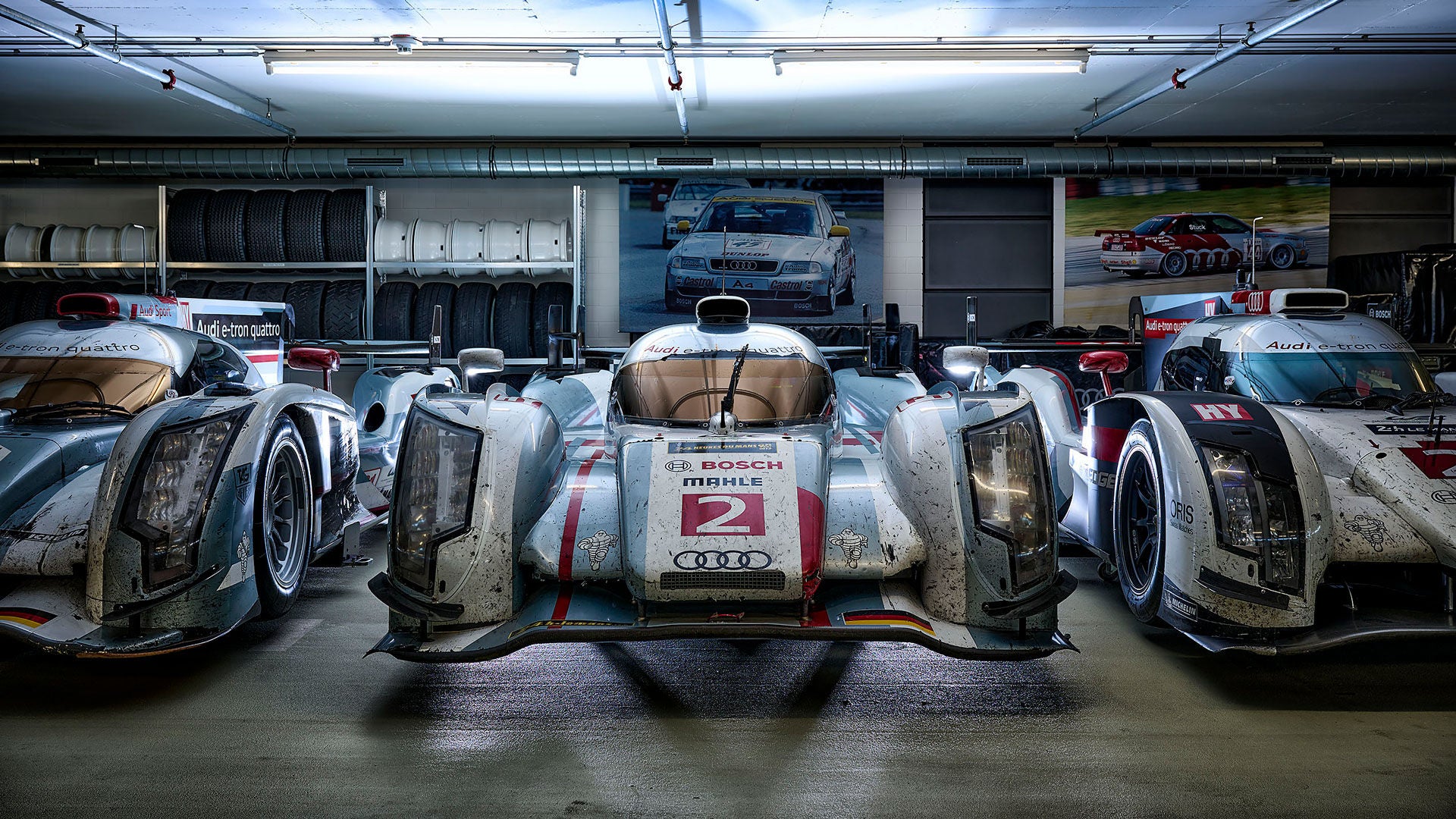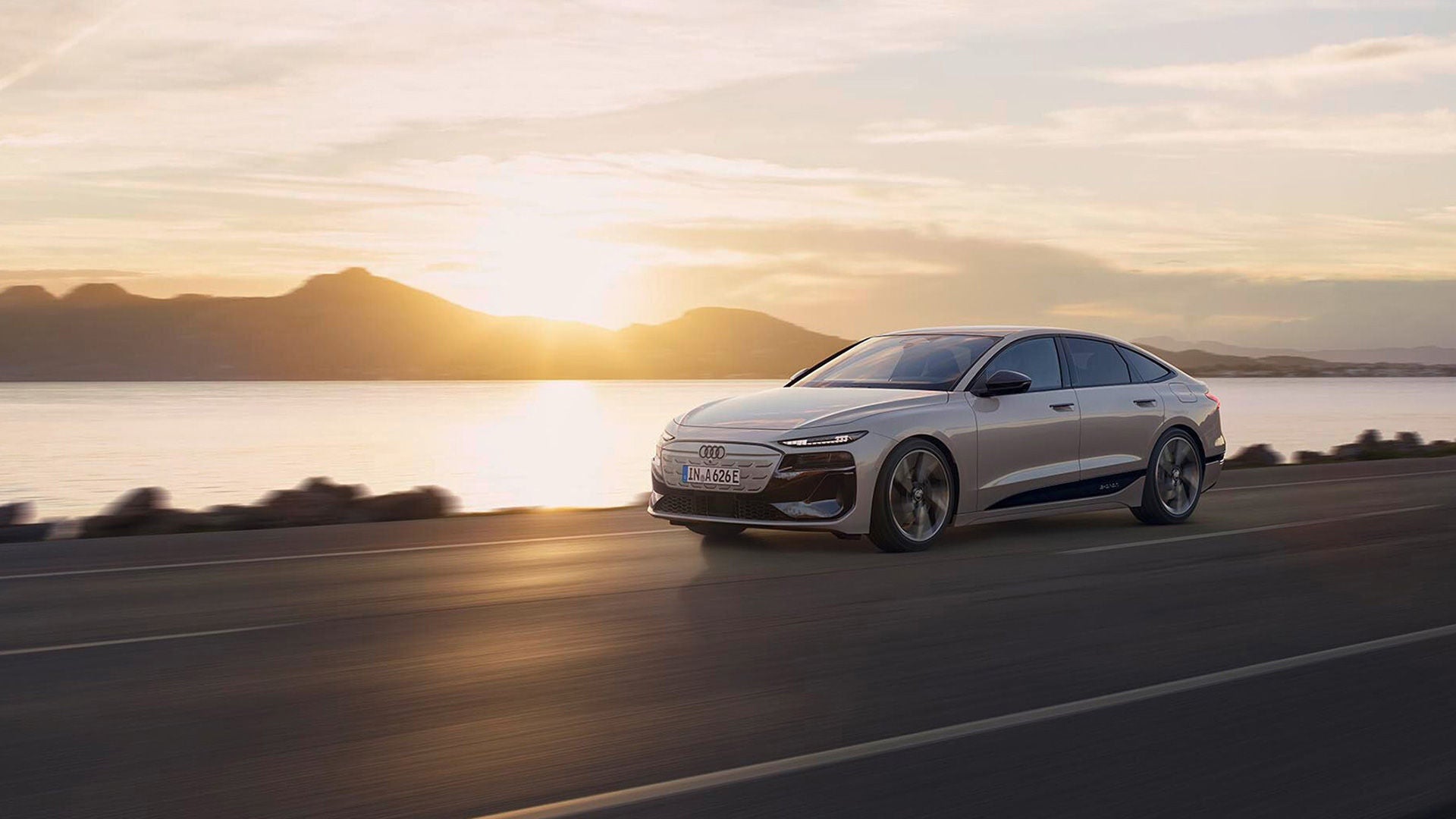
Profile
The Audi name signifies high-quality vehicles, forward-looking and sustainable drive technology, first-class quality, and progressive design worldwide. The Audi Group includes the Bentley, Lamborghini, and Ducati brands.
Facts and Figures
more than
100
markets
more than
88,000
employees worldwide in 2024
around
1,700,000
Deliveries to customers 2024

.jpg)

